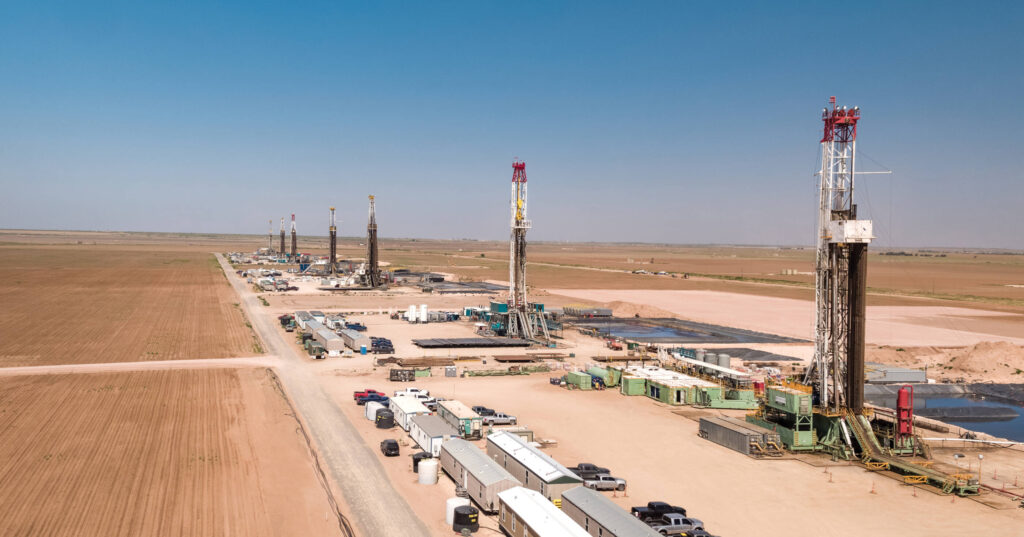Permian Basin Methane Emissions Drop 26% in 2023: S&P Global Report

- Methane emissions from the Permian Basin dropped by 26% in 2023, equating to 18.5 million tons of CO2 avoided.
- The reduction matches the total carbon savings achieved by every electric vehicle (EV) in the U.S. that year.
- Methane intensity fell by over 30%, despite increased oil and gas production.
Methane emissions from oil and gas operations in the Permian Basin decreased by 26% in 2023, according to an analysis by S&P Global Commodity Insights. This reduction, amounting to 34 billion cubic feet (bcf) of methane, is equivalent to 18.5 million tons of carbon dioxide avoided—matching the emissions avoided by all electric vehicles on U.S. roads in 2023.
Significant Progress in Emissions Reduction
Daniel Yergin, Vice Chairman of S&P Global, highlighted the scale of this achievement:
“The sheer scale of this single-year improvement represents significant progress and demonstrates the potential for what lies ahead.”

The Permian Basin, responsible for nearly half of U.S. oil output, achieved this decline despite increased oil and gas production. Methane intensity, measured as emissions per unit of output, fell by more than 30%.
Advanced Technologies Drive Change
The analysis credits the reduction to advancements in leak detection and mitigation technologies, including AI-driven data analysis, ground-based sensors, aerial surveillance, and satellite monitoring.
RELATED ARTICLE: S&P Global Launches World’s First Daily Carbon-Accounted Iron Ore Price Assessments
Kevin Birn, Head of the Center for Emissions Excellence at S&P Global Commodity Insights, explained:
“Improvements and increased accessibility of remote sensing technologies are providing better understanding and actionable information. Leaks that previously might have persisted for weeks or months can now be addressed in a matter of days.”

Key findings include:
- Methane emissions as a percentage of the basin’s natural gas output fell by 33%.
- Methane intensity for the region’s total energy production dropped to 0.63%.
- Economic losses from methane emissions were just 0.12% of revenues, a 70% decline from 2022.
A Model for Future Sustainability
The analysis, produced in collaboration with methane management firm Insight M, is based on high-resolution aerial surveys covering 88% of the basin’s active wells. With nearly 700 flights conducted in 2023, the data provides the most accurate public estimate of methane emissions to date.
S&P Global Commodity Insights emphasized that the combination of improved technologies and operational efficiency offers a path to further reductions.
Raoul LeBlanc, Vice President at S&P Global Commodity Insights, noted:
“Detecting and mitigating fugitive methane usually turns a profit simply from the sale of the recaptured gas, even in a lower natural gas price environment.”

A Step Toward Climate Goals
The methane reductions achieved in the Permian Basin not only align with economic efficiency but also represent a critical step in combating climate change. The achievement serves as a blueprint for other regions and sectors to balance environmental impact with operational growth.
Follow ESG News on LinkedIn









